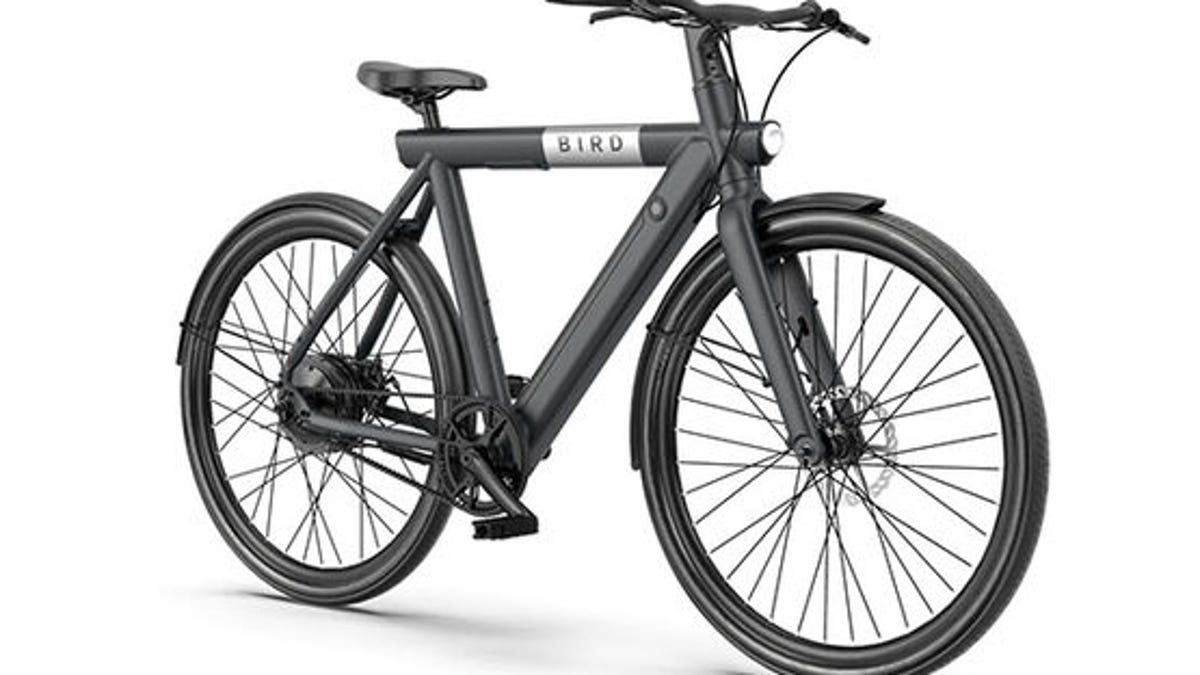Because as freeing as wild skating can be, safety concerns ring loud and clear as the sport’s popularity risesâand for good reason. Since 2019, Minnesota hasnât seen more than three ice-related fatalities annually. This year, there have been four already. âWe attribute that to highly variable and unique ice conditions compared to what weâve seen in previous years,â says Nicole Biagi, the Department of Natural Resourceâs first ice safety coordinator. âWe anticipate the trend of variability will continue. A changing climate means highly variable ice conditions.â
âItâs fun to see other people out there when theyâre prepared,â says Kjersti Vick, a lifelong wild ice skater and current marketing and PR director for Visit Cook County. Perhaps, that’s the key to the sport’s rise in the midwest: ideal conditions, an appetite for adventure, and the knowledge sharing needed to get more people safely out there.
How to (safely) try wild ice skating
It takes more than an adventurous spirit and a hearty scoop of patience for the right conditions to make wild ice skating work. The most important elements are preparation and safety.
“I get nervous when I see people who donât have any safety equipment,â says Vick.
So how does one avoid being the kind of skater that worries county officials? It starts with how you dress. You should avoid wearing cotton clothes that will quickly become water-logged and weigh you down, should you fall through the ice. Instead, opt for a combination of thin, quick-dry layers underneath wind protection. Biagi recommends flotation gear like a float jacket and going with someone whoâs experienced first before venturing out alone. If youâre going to go solo, tell someone where youâre going, when youâll be back (most of the BWCA lacks cell services), and stick to spots where other people like ice fishers already are.
The rule of thumb for ice thickness is at least four inches to be clear for skating. Keep checking throughout the day and keep an eye on the cracks you see as you go. âRadiant cracks like bicycle spokes, versus one long and continuous crack, are a sign that the ice is starting to give way,â Biagi explains. Finally, keep ice picks around your neck so you can easily pull yourself out of the ice if you do slip through.
Once safety is in place, itâs all about getting the right gear and finding the right spot. Just this year, Grand Maraisâ Stone Harbor Wilderness Supply has started renting otherwise expensive and hard-to-come-by Nordic skates in 24-hour increments at $30 for just the blades and $50 for a blade and boot combo. For those not quite ready to hit the open ice, Hungry Jack Lodge, also in Grand Marais, is conducting necessary ice checks and maintaining a miles-long ice path along a lake of the same name thatâs open to the public.
When deciding where to go, locals are overflowing with advice. In addition to the growing number of Facebook groups that serve up first-hand reports from lakes, rivers, wetlands, canals, ponds, and even flooded frozen fields across the BWCA and beyond, make an effort to stop at mom-and-pop gas stations and shops along the wayâlocals are happy to offer adventure-seeking travelers advice on where the best spots are to go that day based on current conditions, along with directions for how to get there.
For example, Vickâs Visit Cook County visitor center and social media channels are often busy fielding inquiries into ice conditions. âPeople are starting to get this awareness of it and want to experience it, like the Northern Lights,â she says. âItâs hard to promote because itâs something that only nature can provide. But even if you come up with the intention of skating and the conditions donât allow for it, thereâs still something amazing you can experience. Thereâs something really magical about that time of year when itâs really quiet.â
Source link




:max_bytes(150000):strip_icc()/richie-sambora-jon-bon-jovi-2-042724-3f84482d0d9a4985a184d69a9ad57c19.jpg)